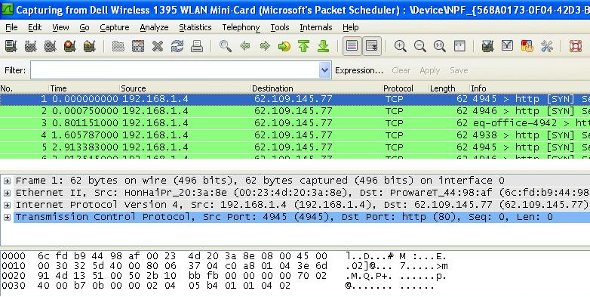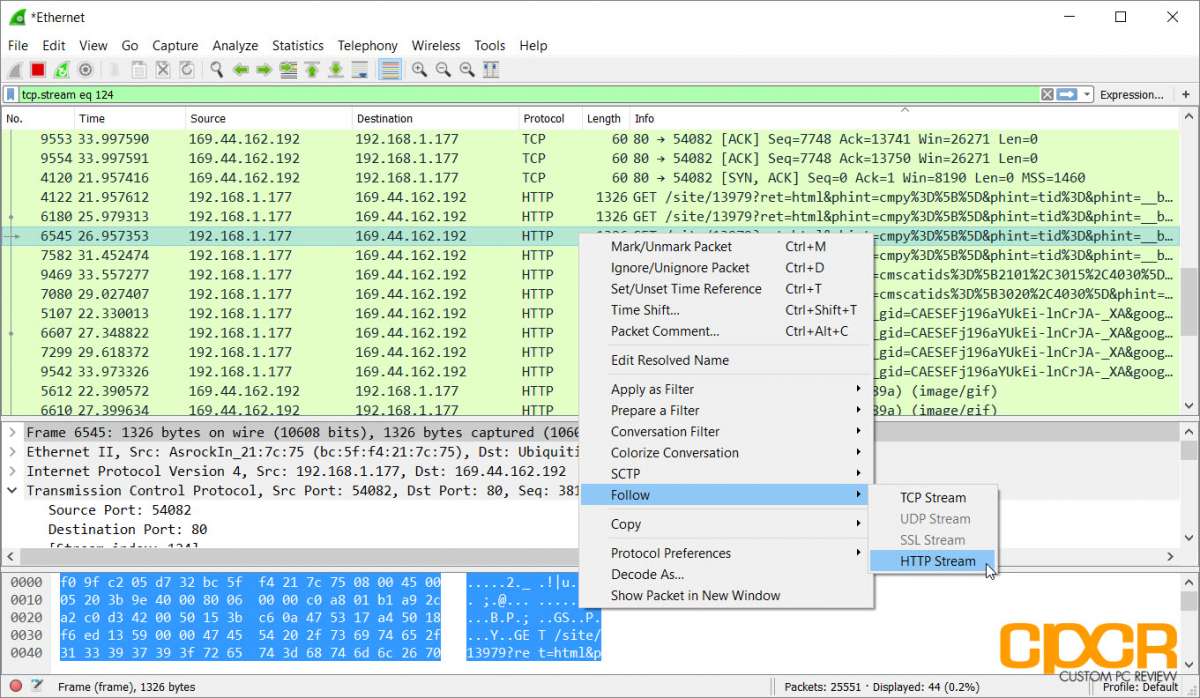

You can also add things like DNS by adding another port: You could specify "304" or "500" by determining what the hex values for those items is. Instead of "GET " you could use the hex values for "HEAD" or "POST". The values can be changed by replacing with the data you want. By using the filter above, you can gather only GETs with valid, new content responses. This filter is very powerful on a very busy ProxySG, as sometimes there is enough data traversing the proxy to only capture a few seconds before hitting the 100 MB limit. A typical HTTP response will start with "HTTP/1.1 200 OK". The third bullet is offset by 8 bytes and is for an HTTP response. The second bullet restated says "TCP offset 47455420" which is literally "GET " (G, E, T, space) Most common for a transparent HTTP environment. The first part is to only capture TCP or UDP port 80.

This primitive helps us to apply filters on the specified protocol at either the Ethernet layer or the IP layer.The following information is taken in part from the Wireshark Wiki page on capturing HTTP GET requests ( /CaptureFilters). This primitive helps us to apply a filter on packets whose length is less than or equal to the specified length, or greater than or equal to the specified length, respectively. But one thing is that tcp|udp must appear before src|dst. But if we want the source port or the destination port and TCP or UDP packets, then we must specify the keywords’ src|dst and tcp|udp before the primitive. This primitive helps us to apply filters on TCP and UDP port numbers. If our network number is different, then we can manually select the netmask or the CIDR prefix for the network. But if we want the source network or the destination network, then we must specify src|dst before the primitive. This primitive helps us to apply filters on network numbers. This primitive helps us to apply filters on packets that used the host as a gateway. But if we require the source address or destination address, then we must specify src|dst between the keywords ether and host. This primitive helps us to apply filters on Ethernet host addresses.



 0 kommentar(er)
0 kommentar(er)
